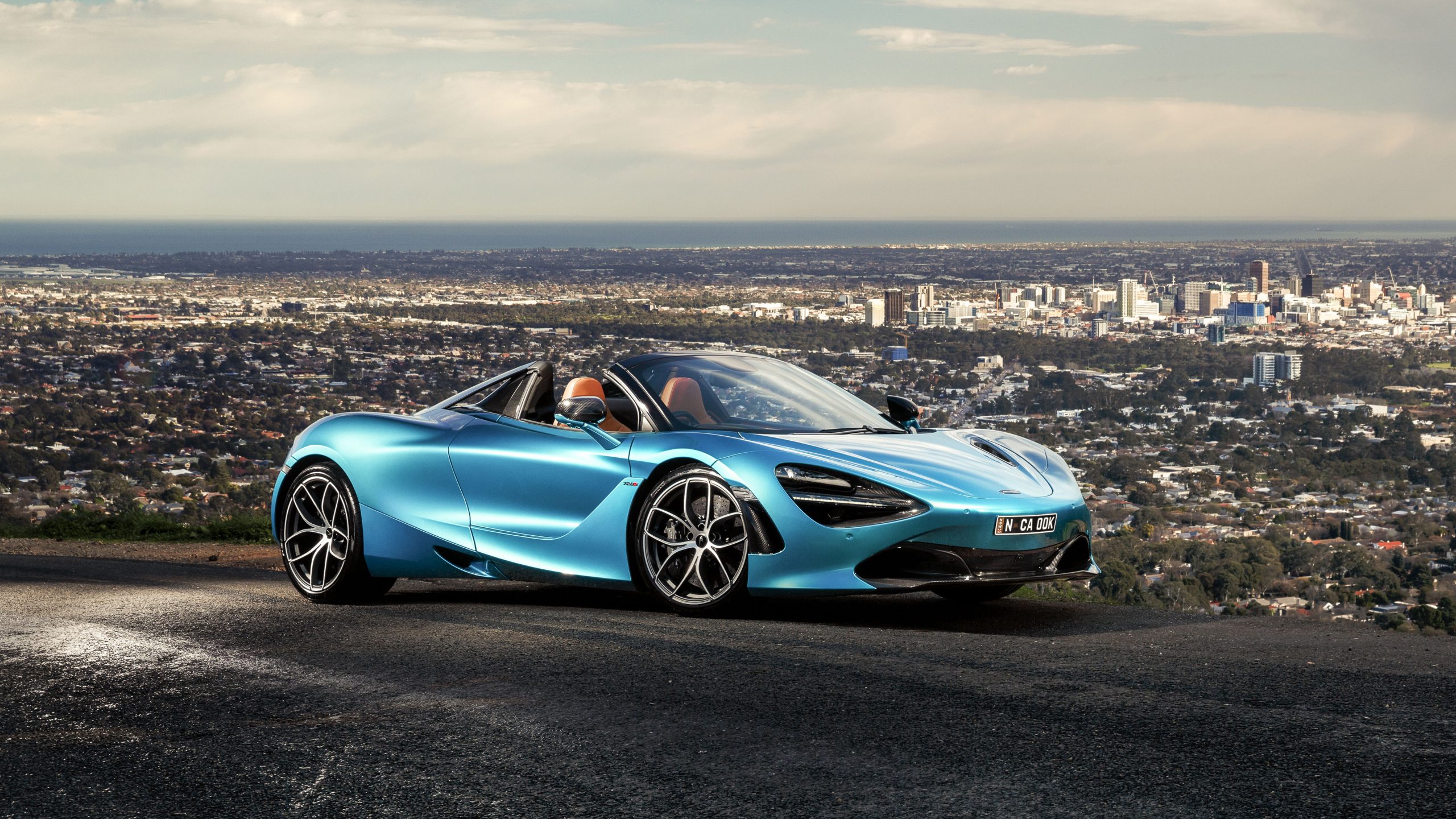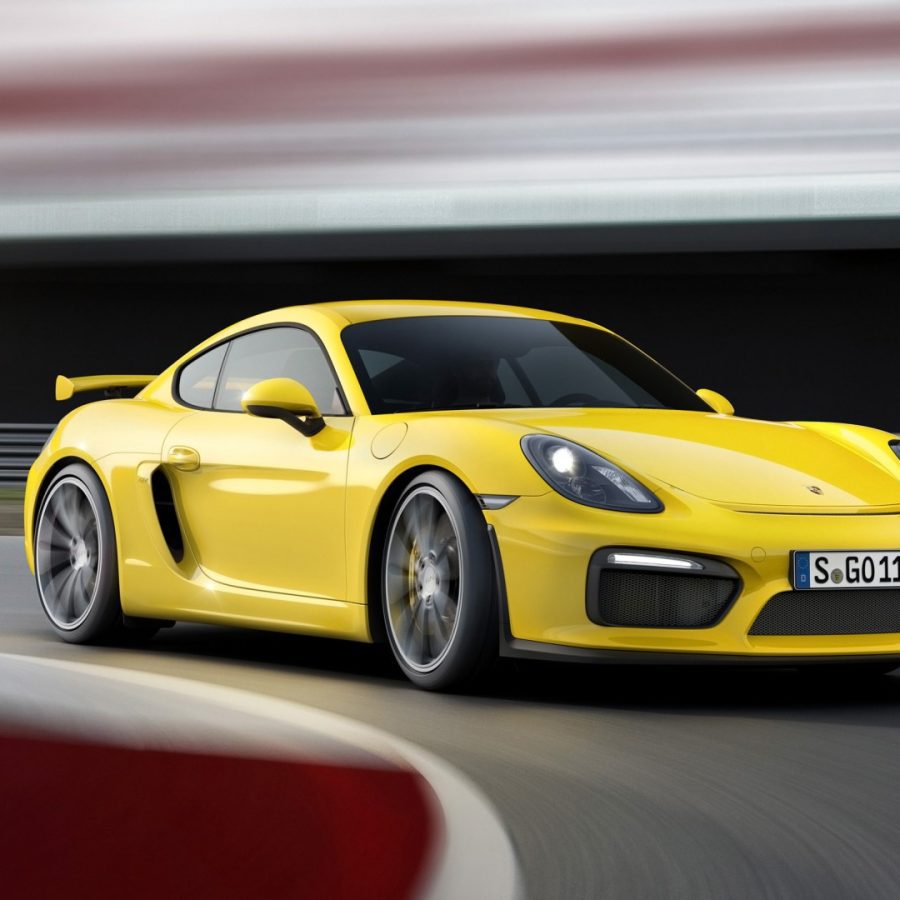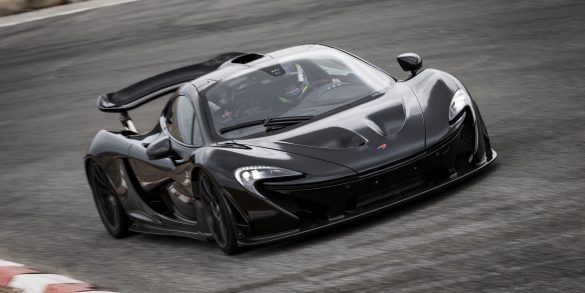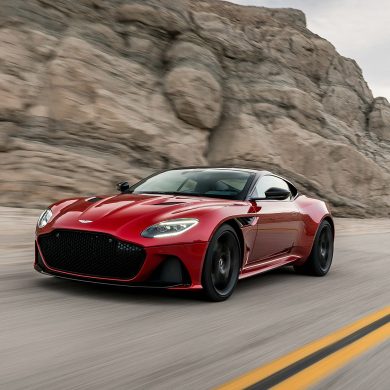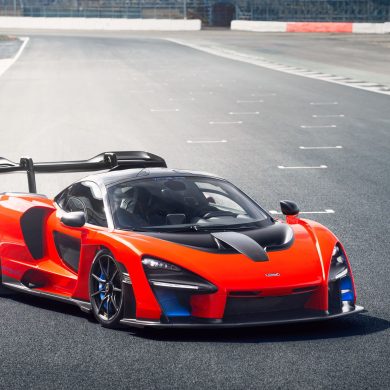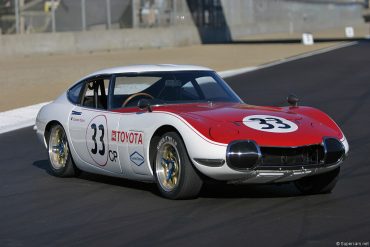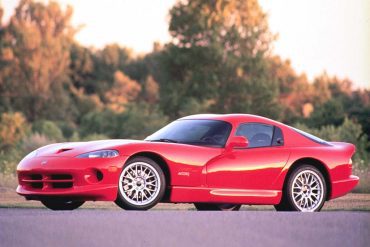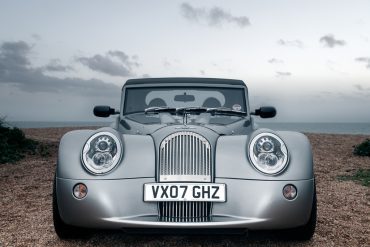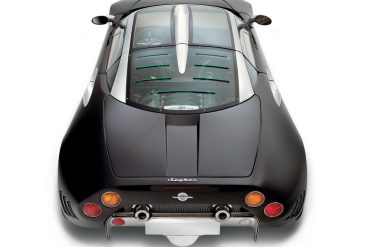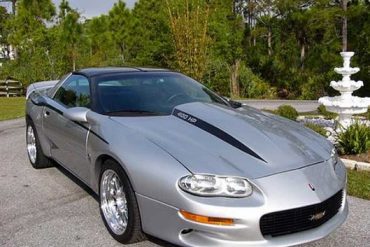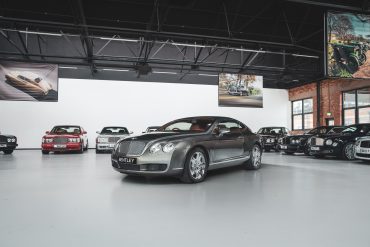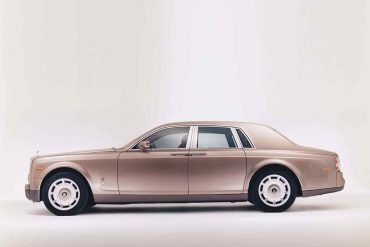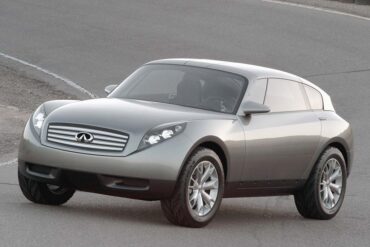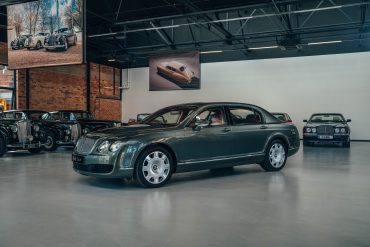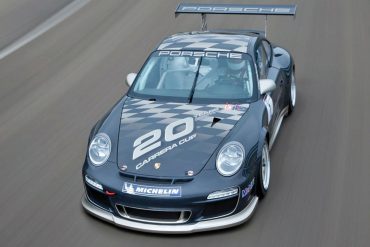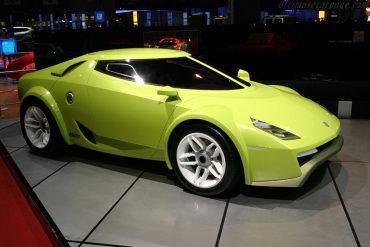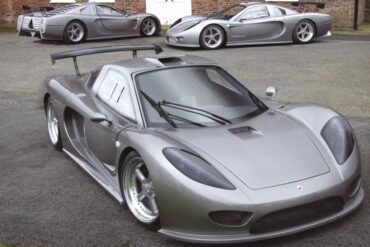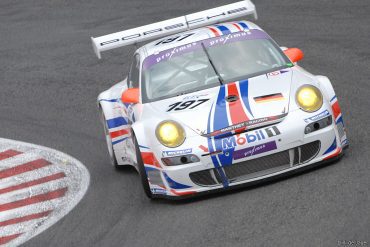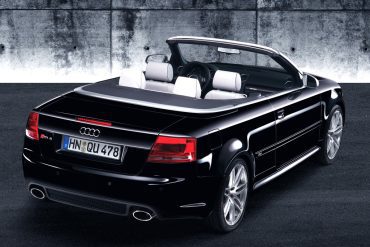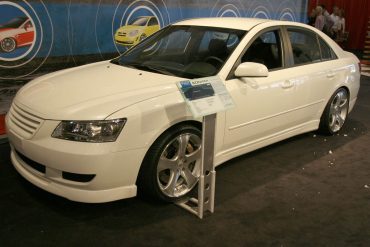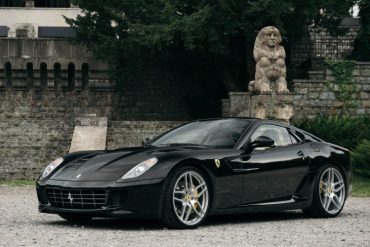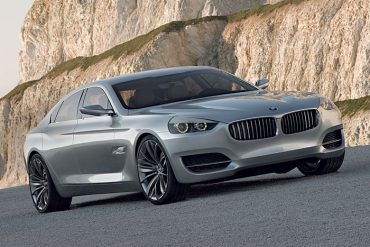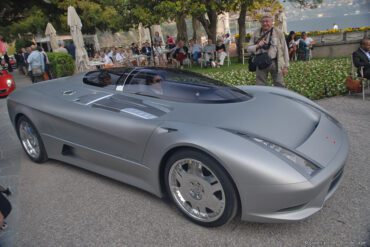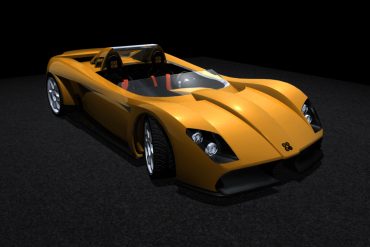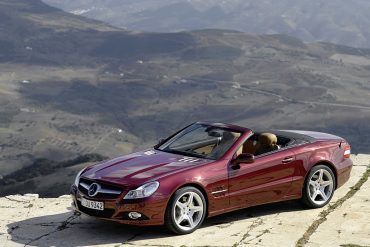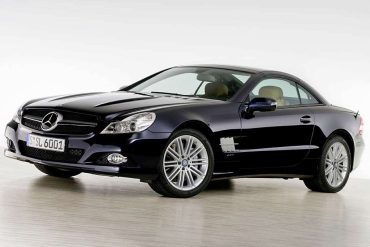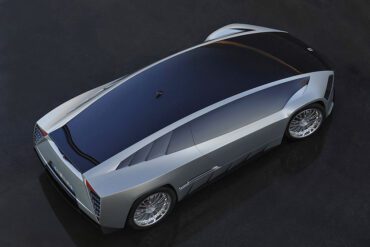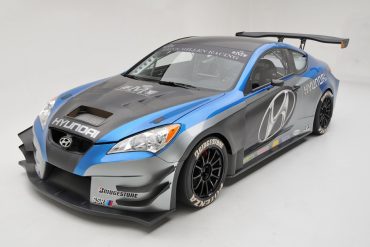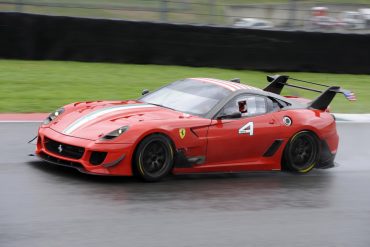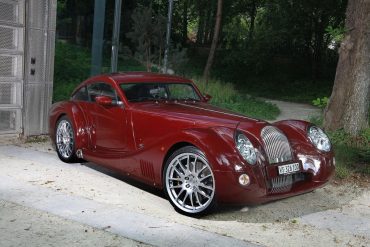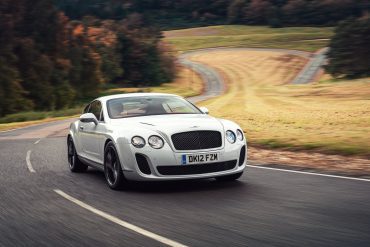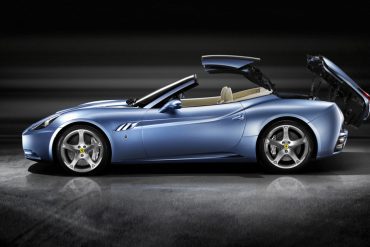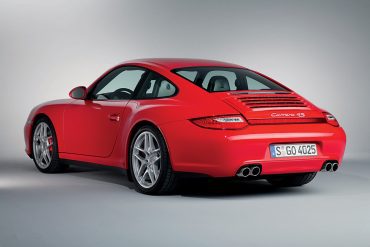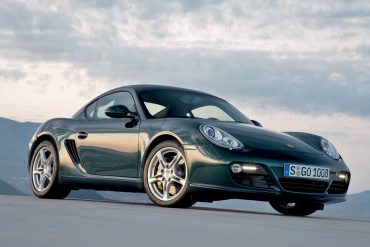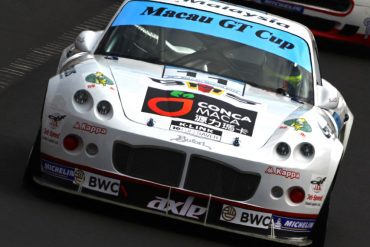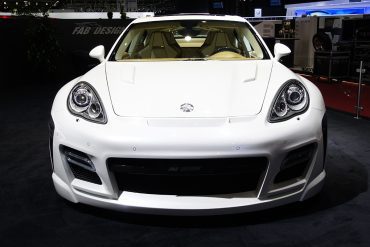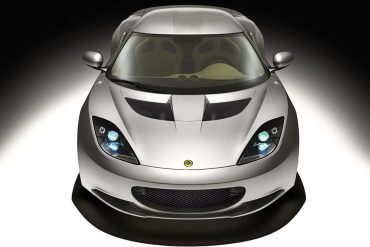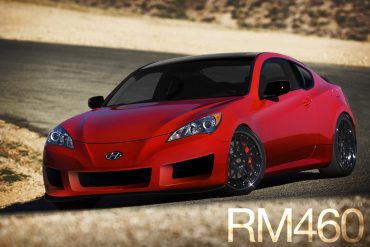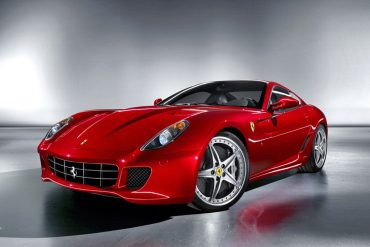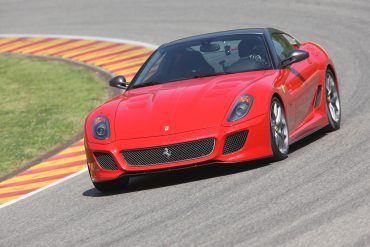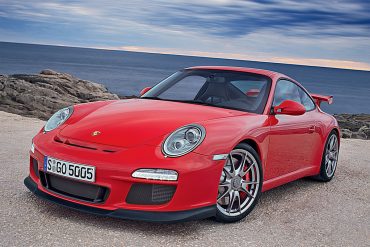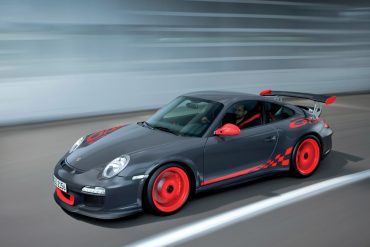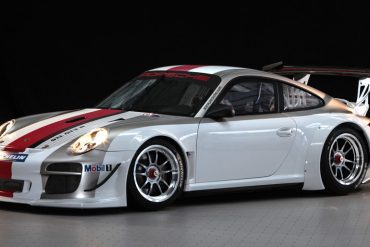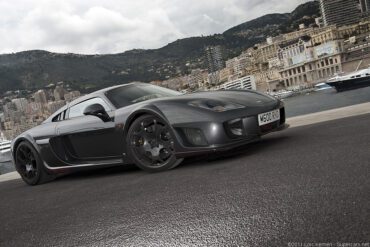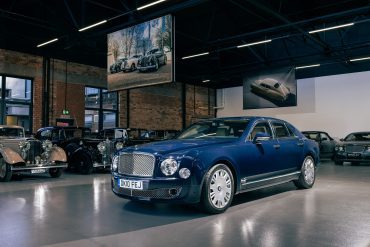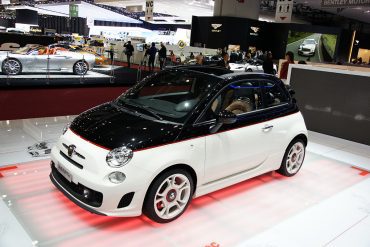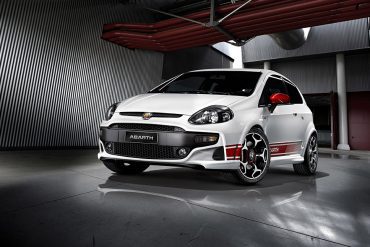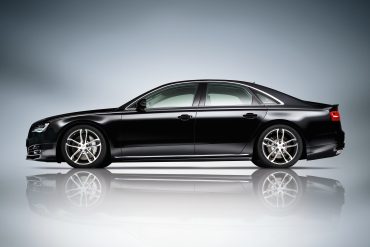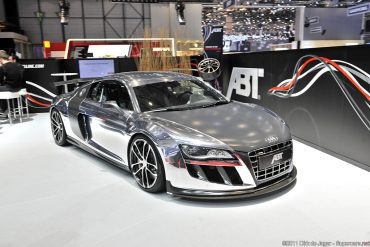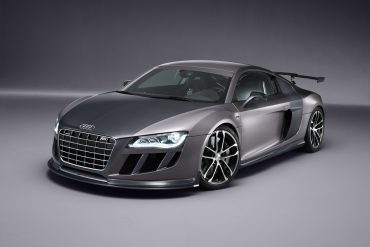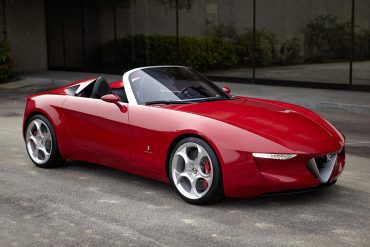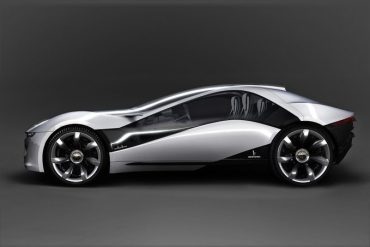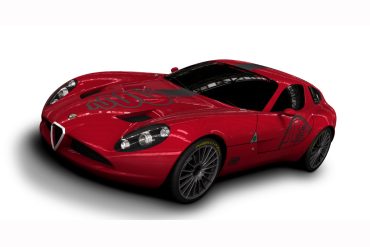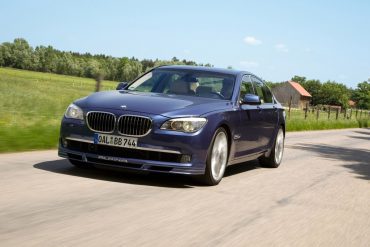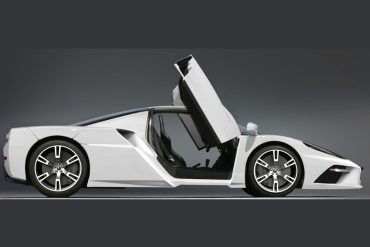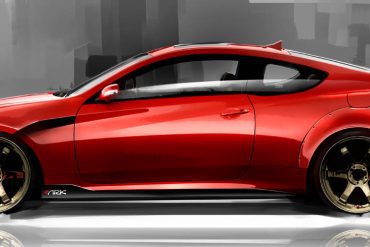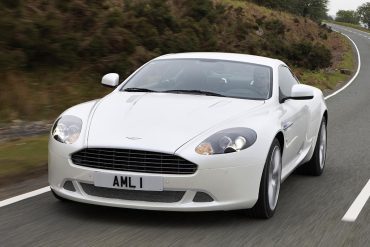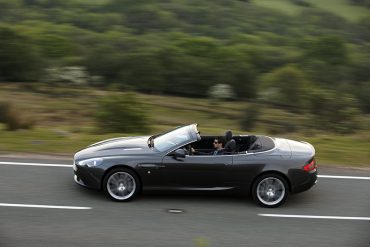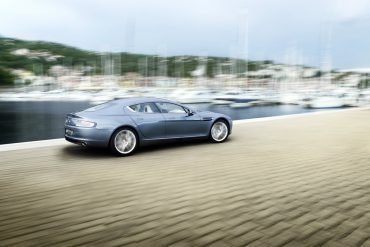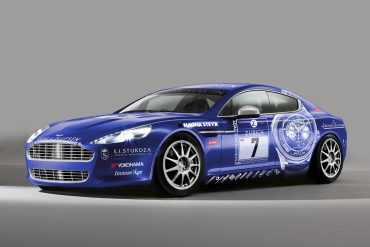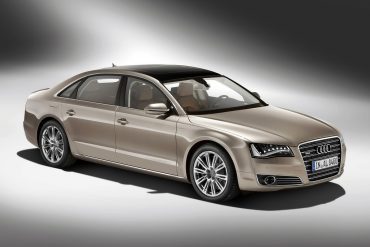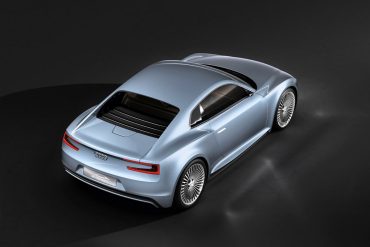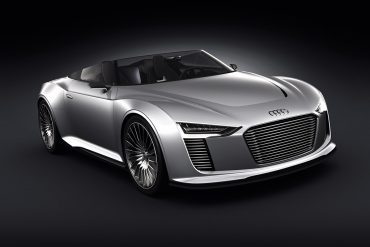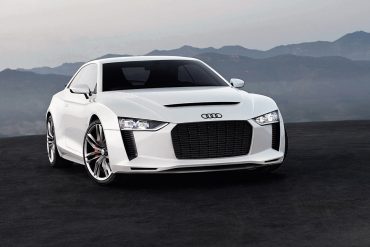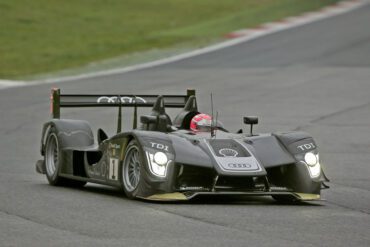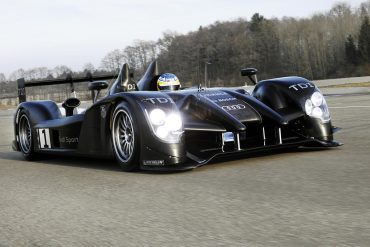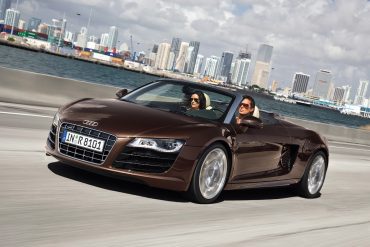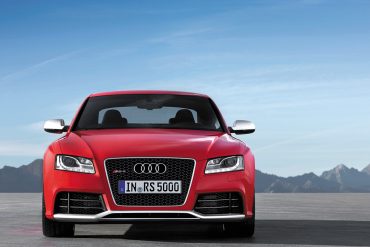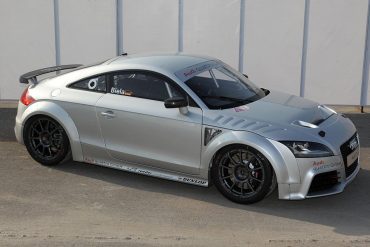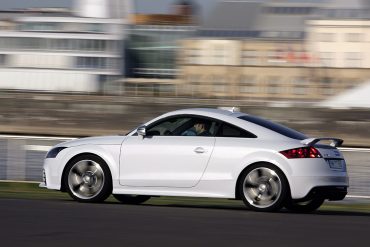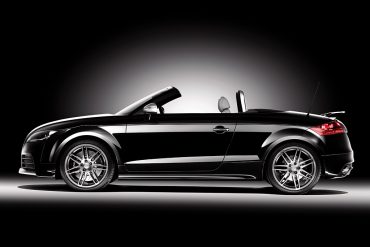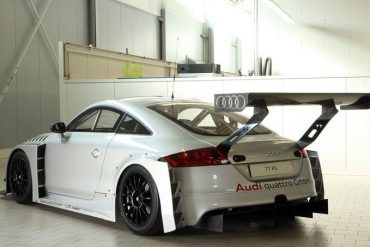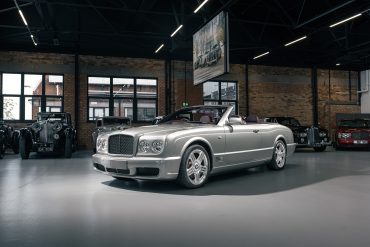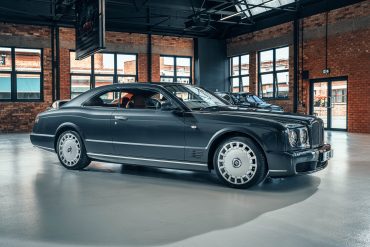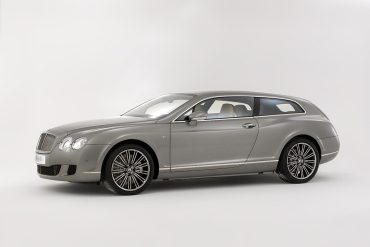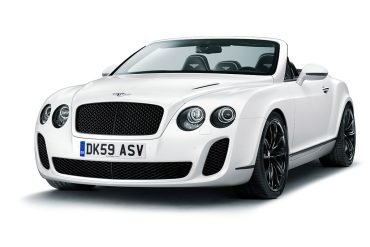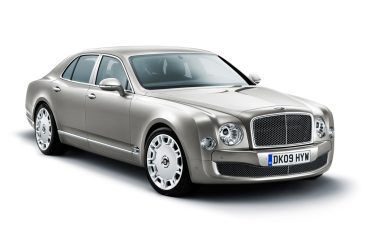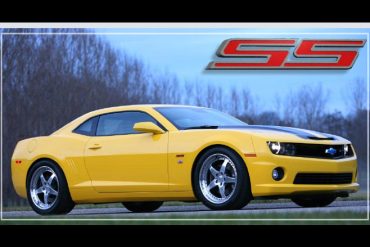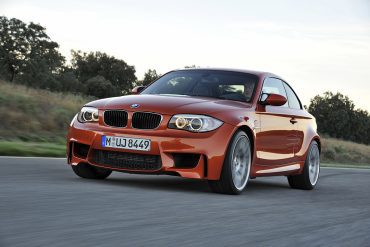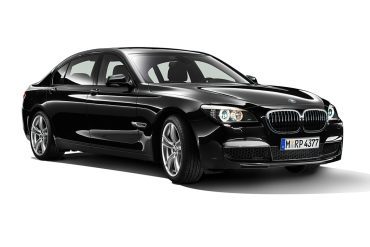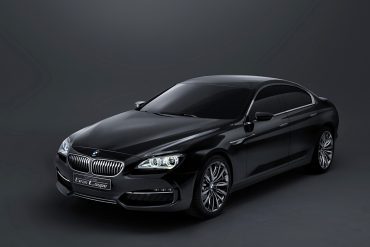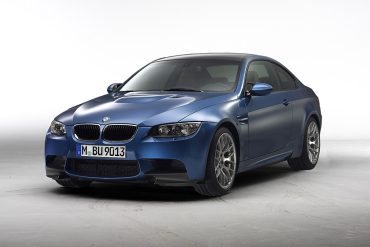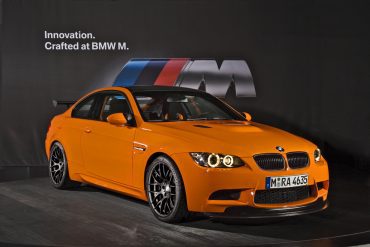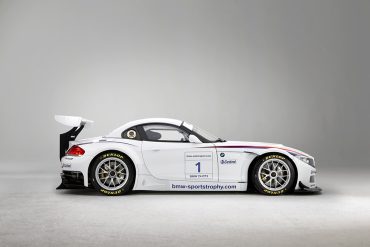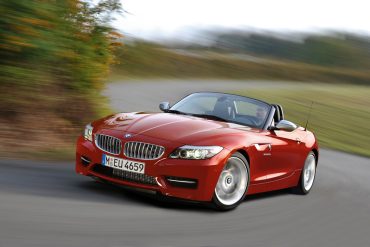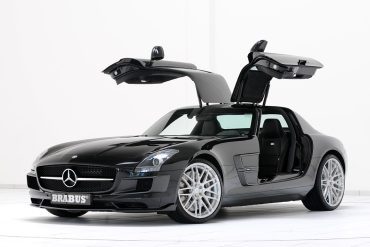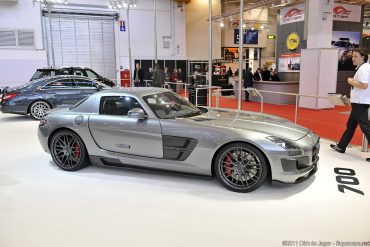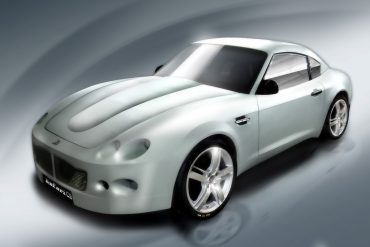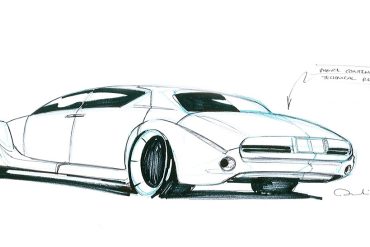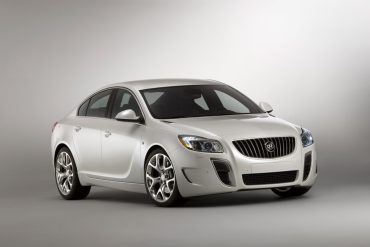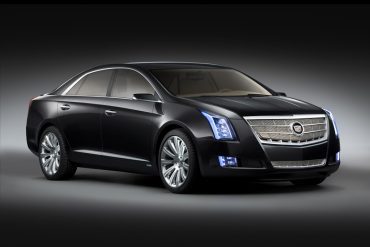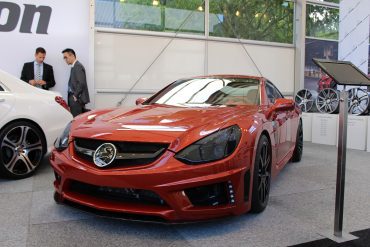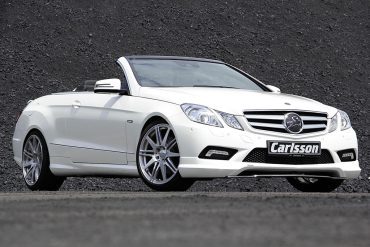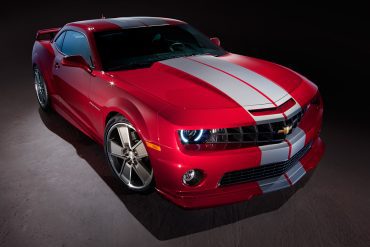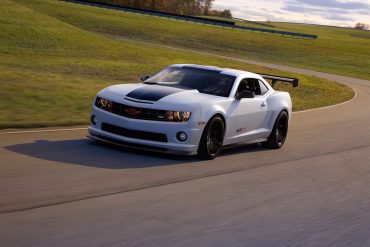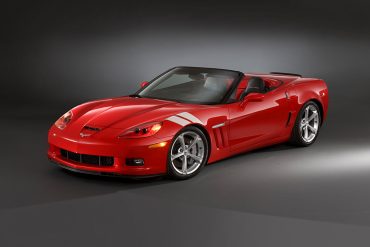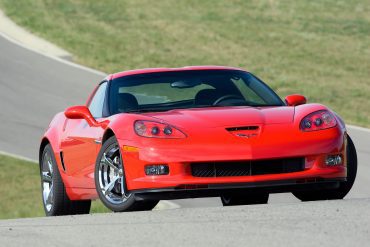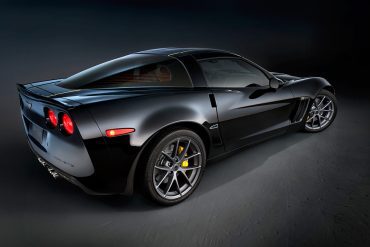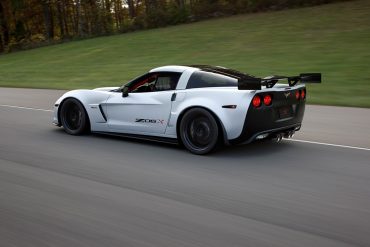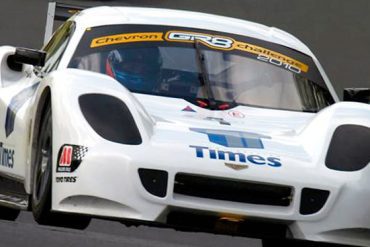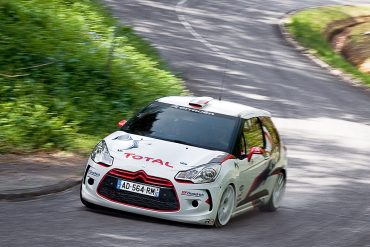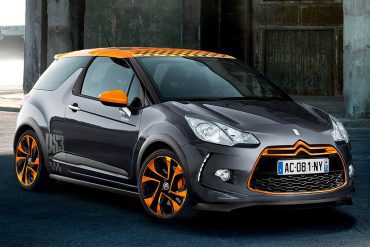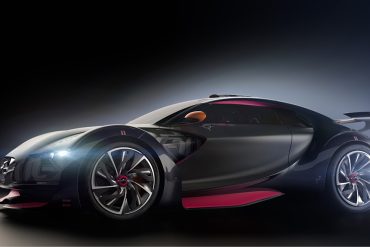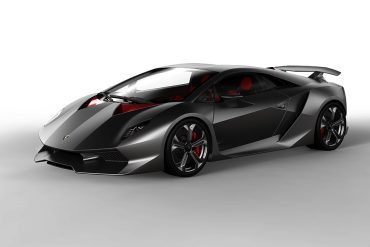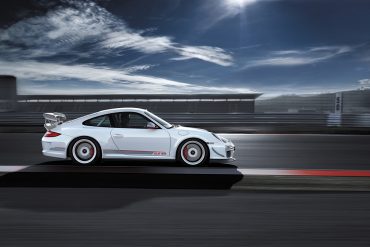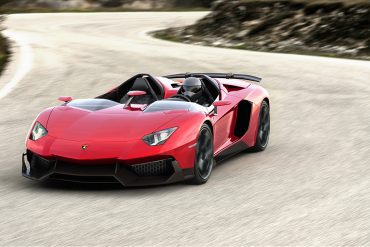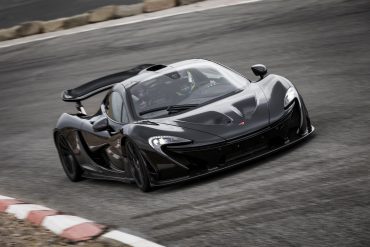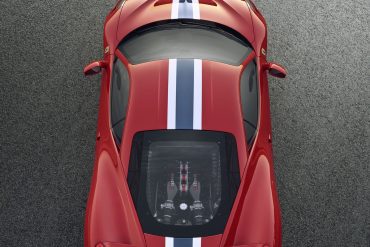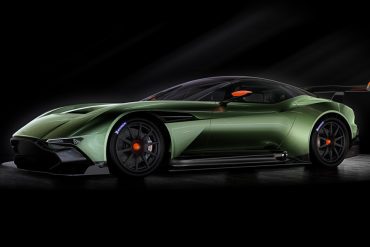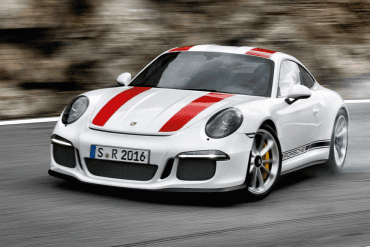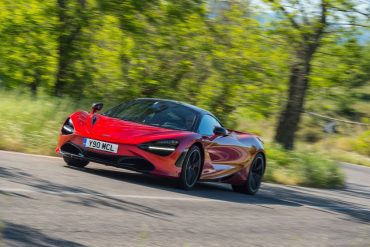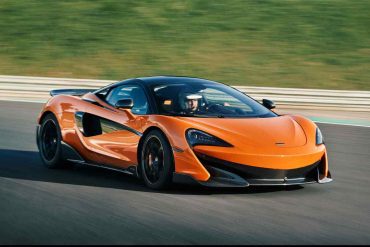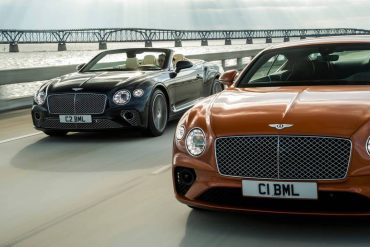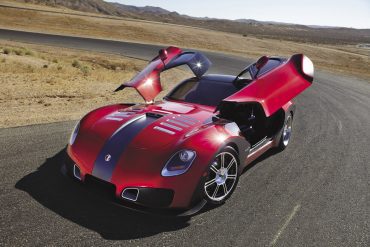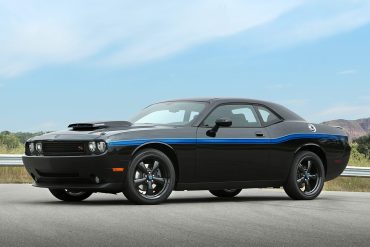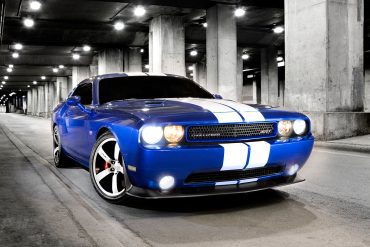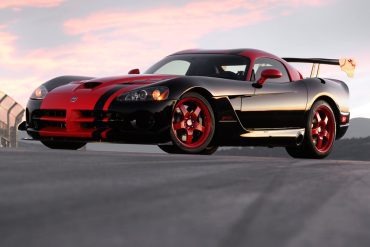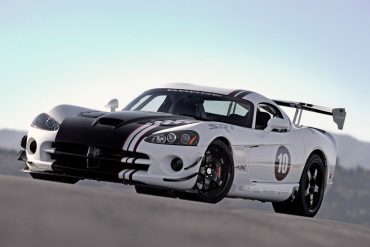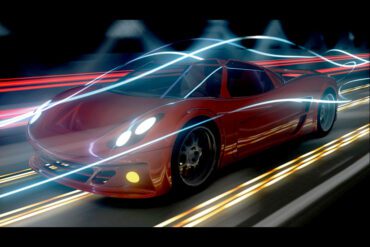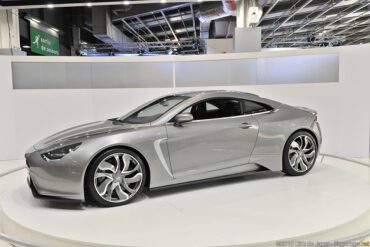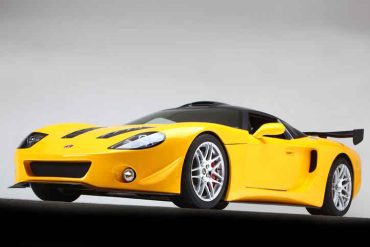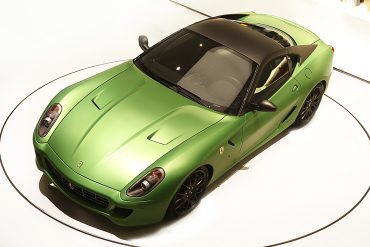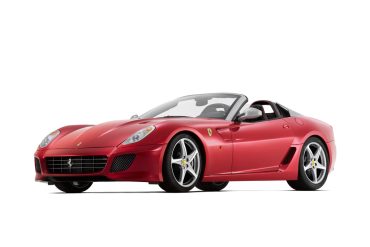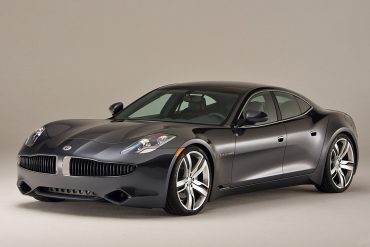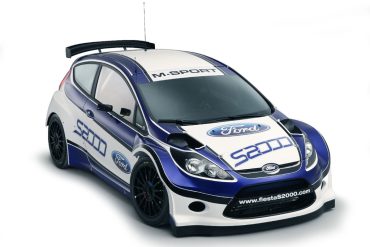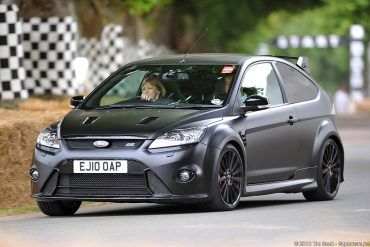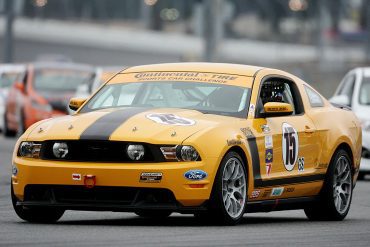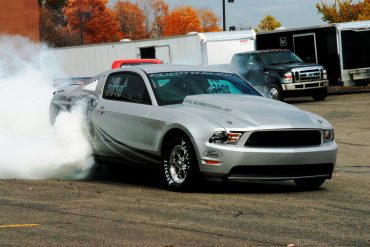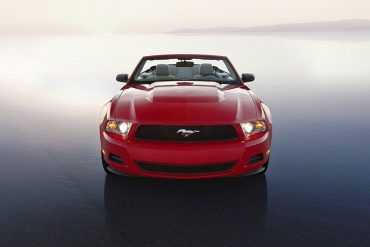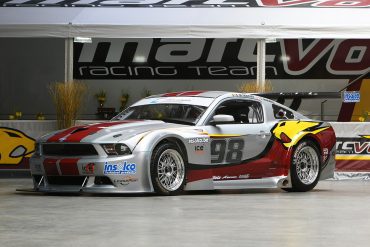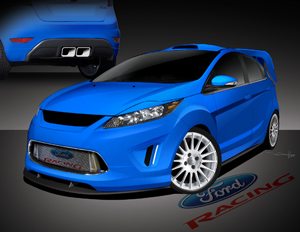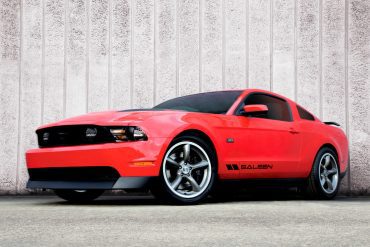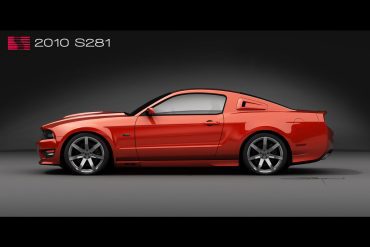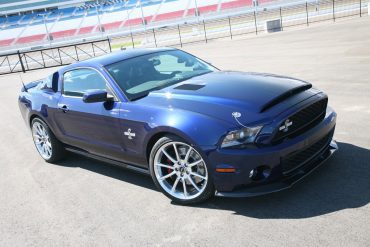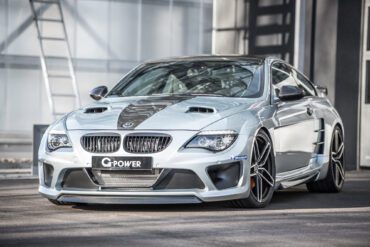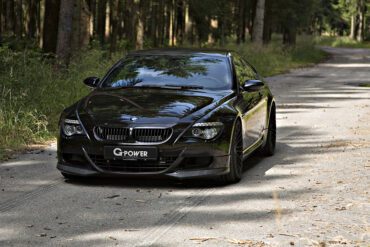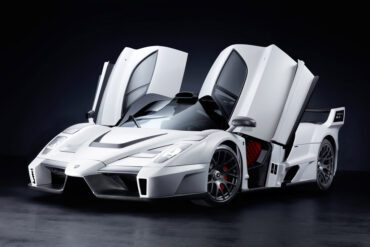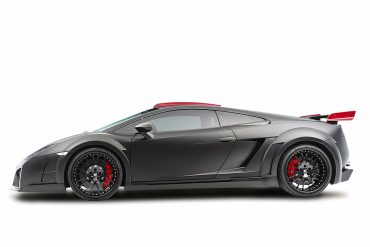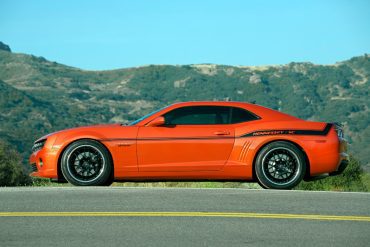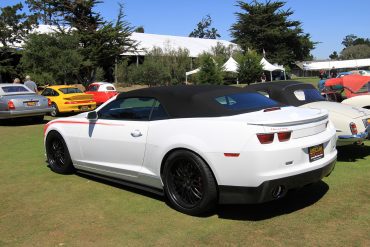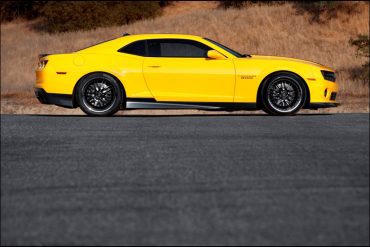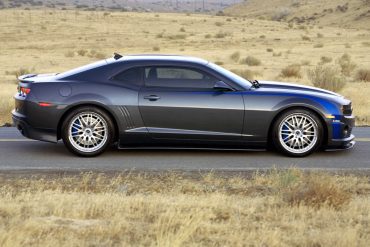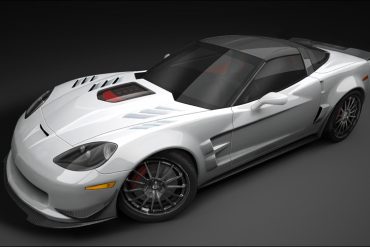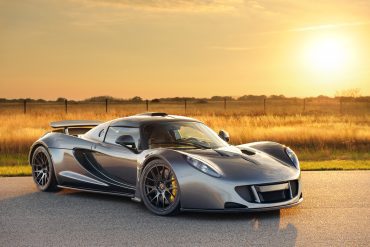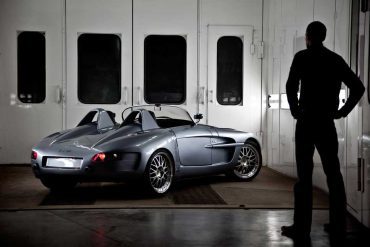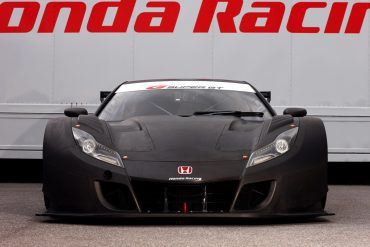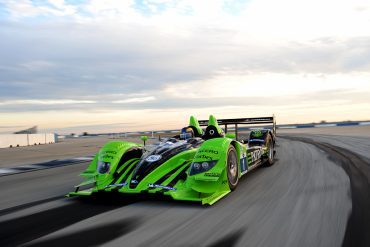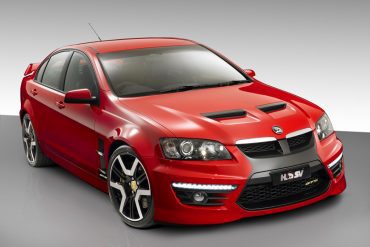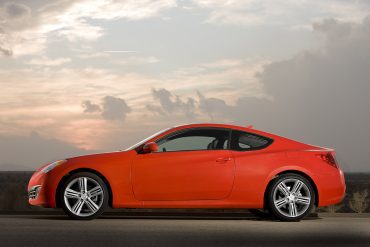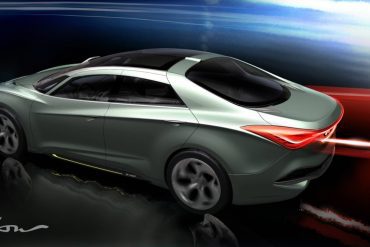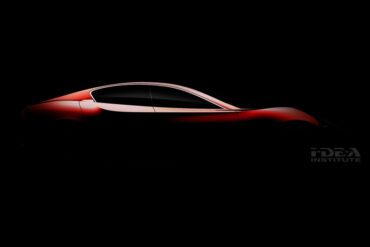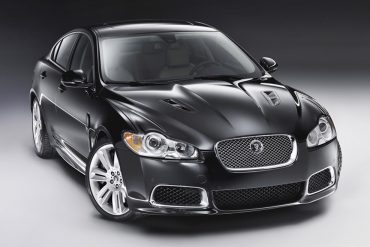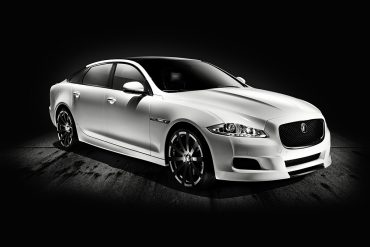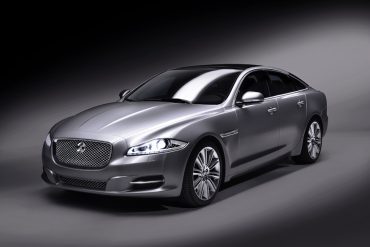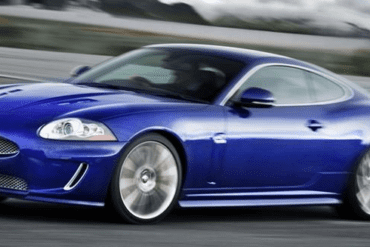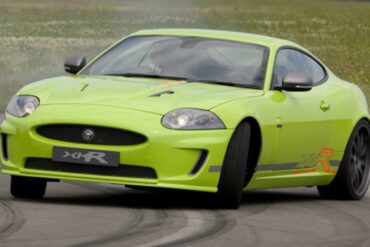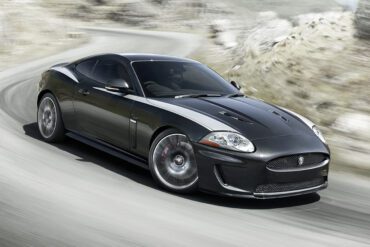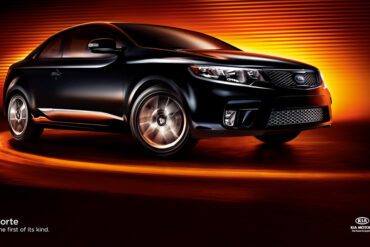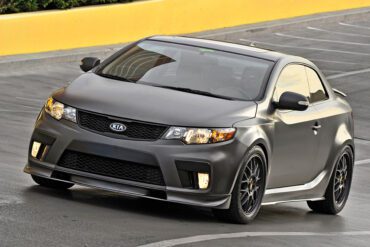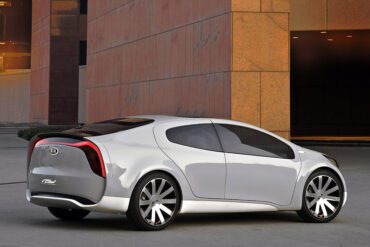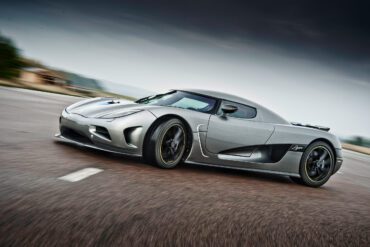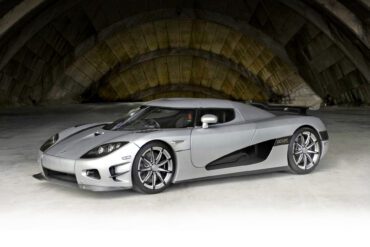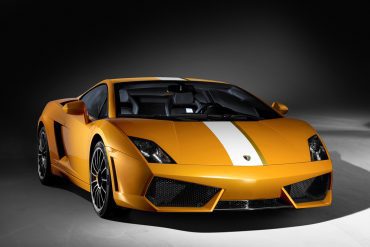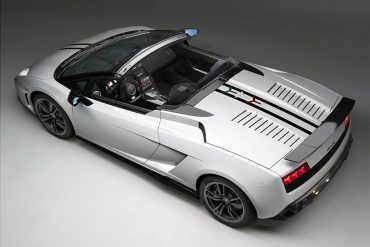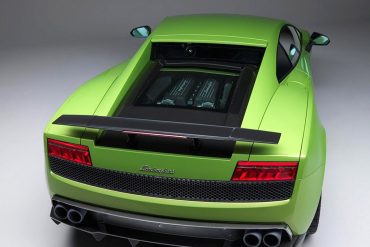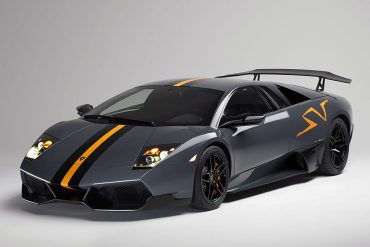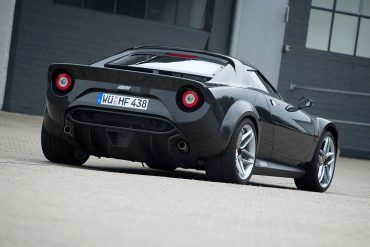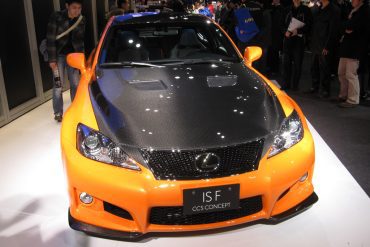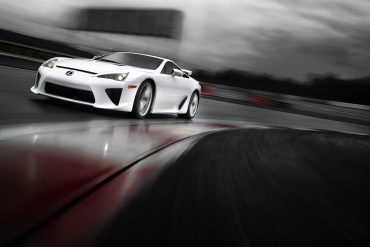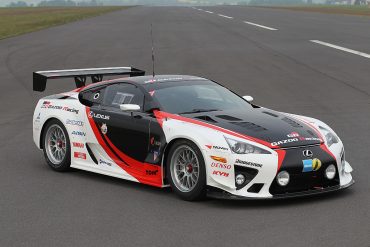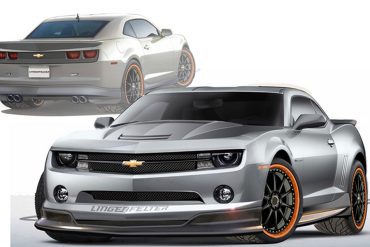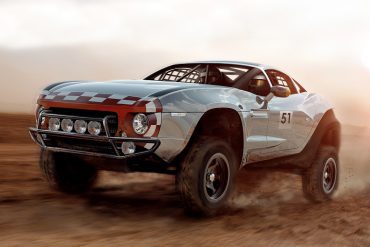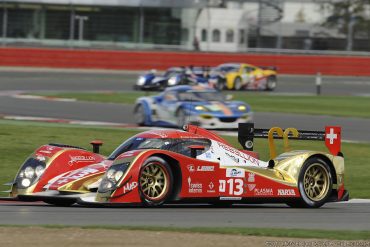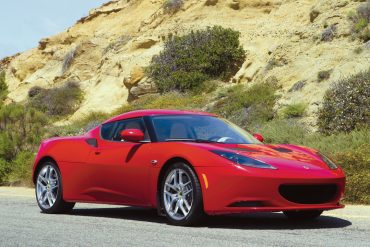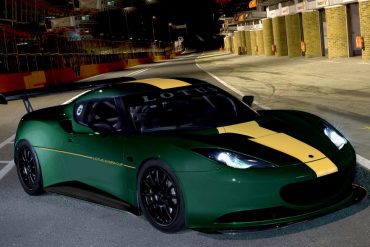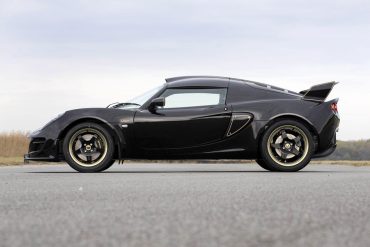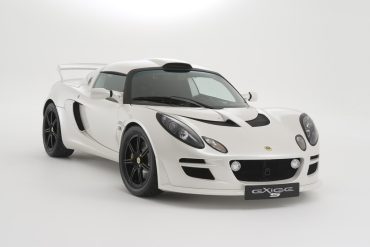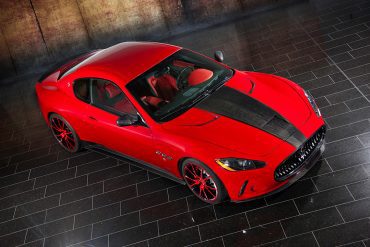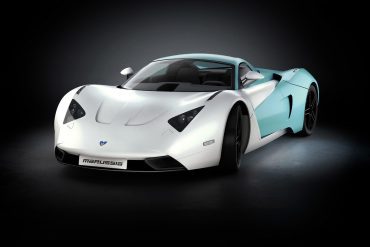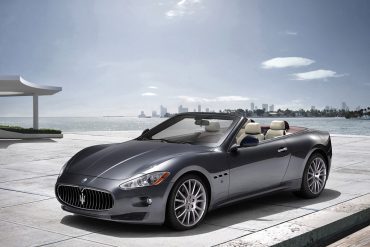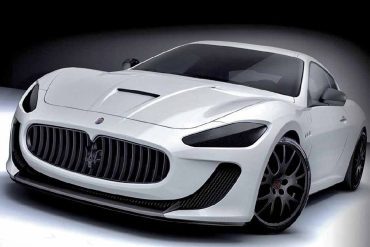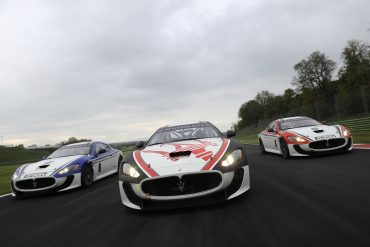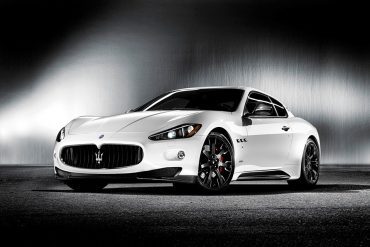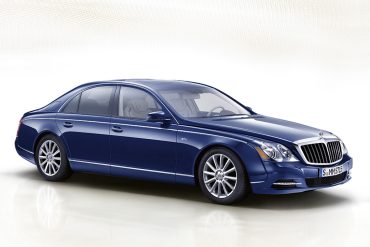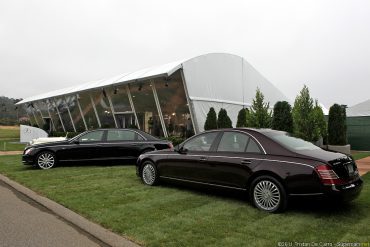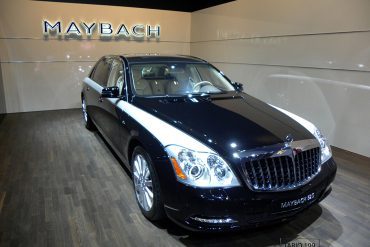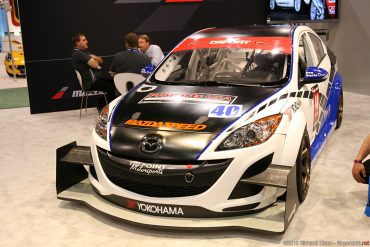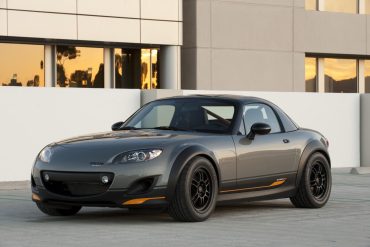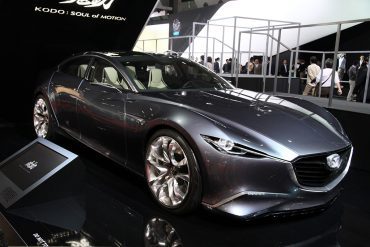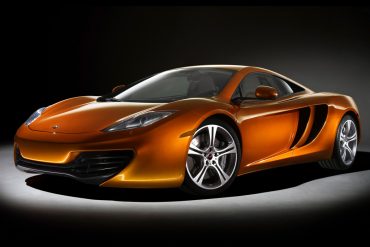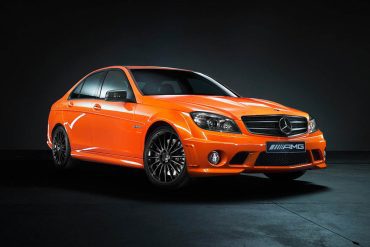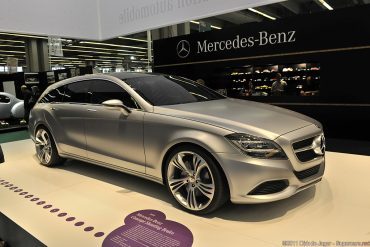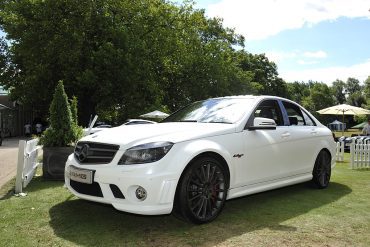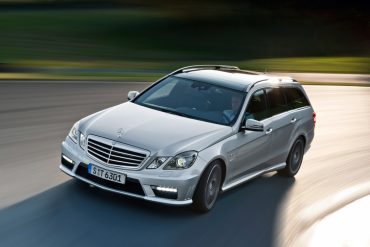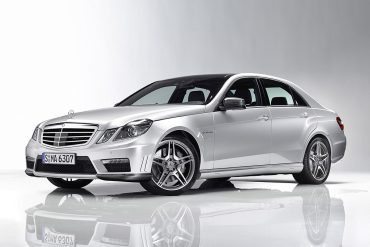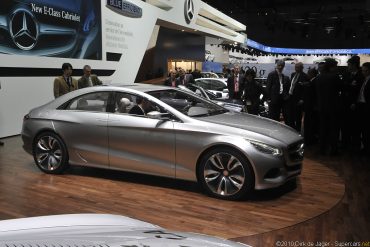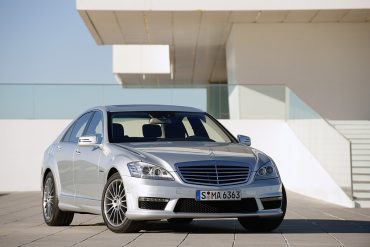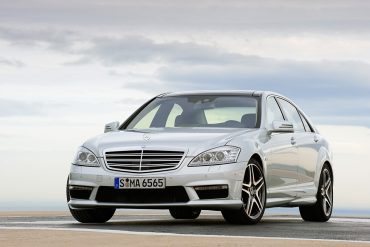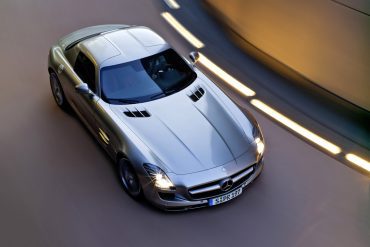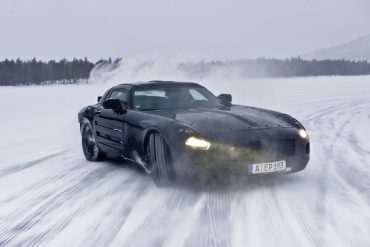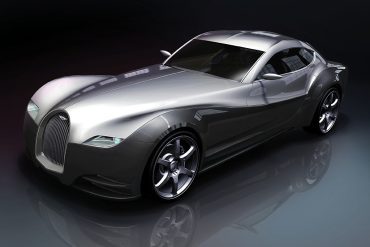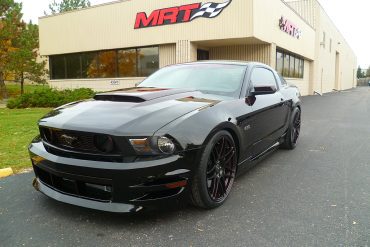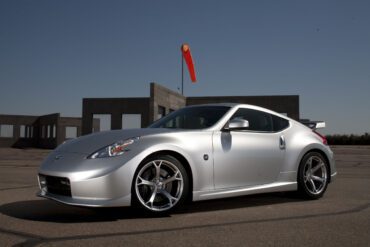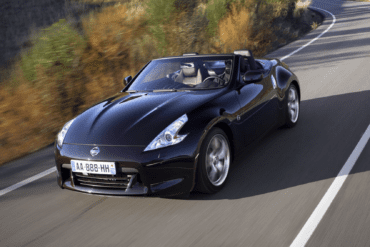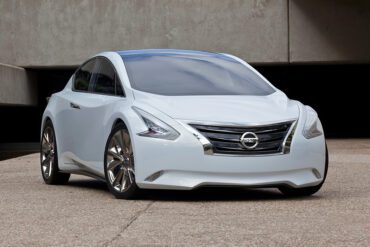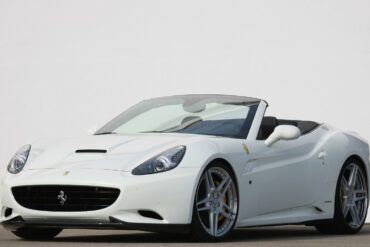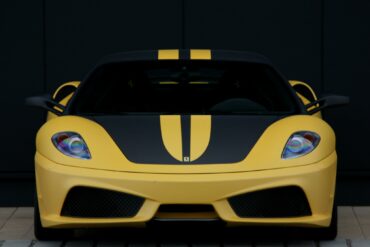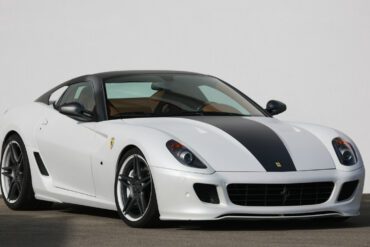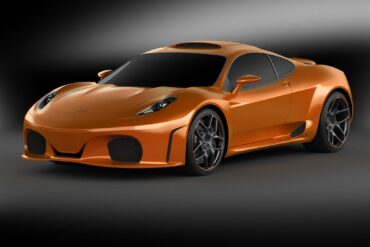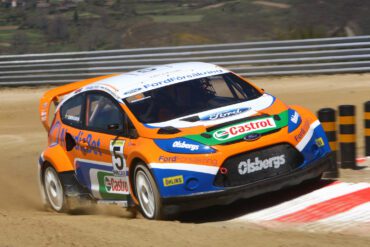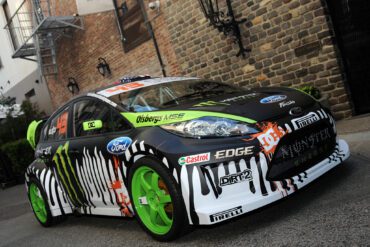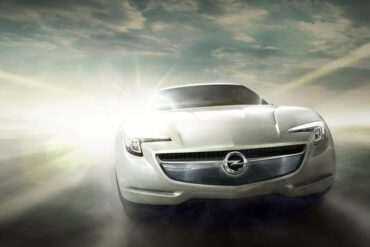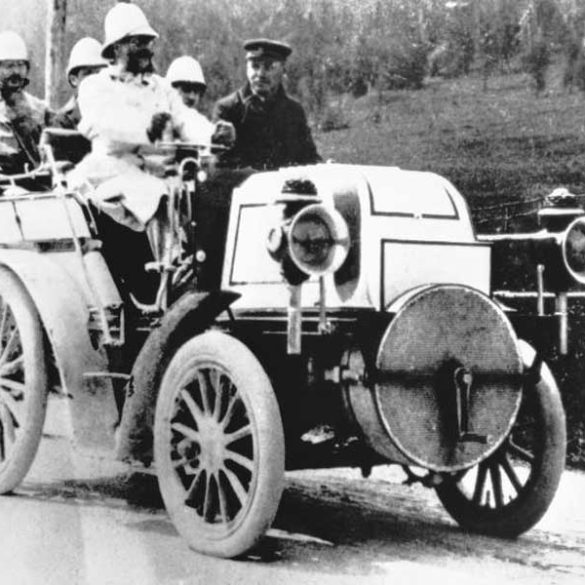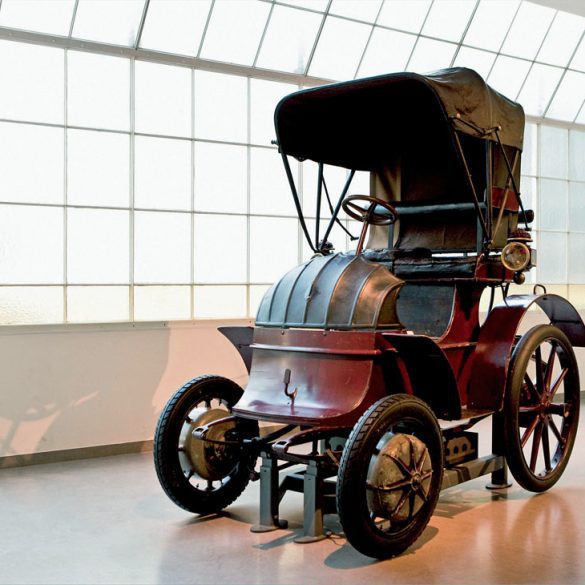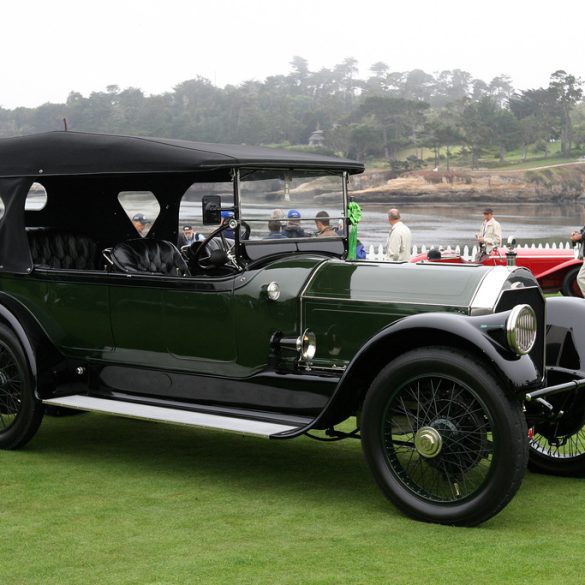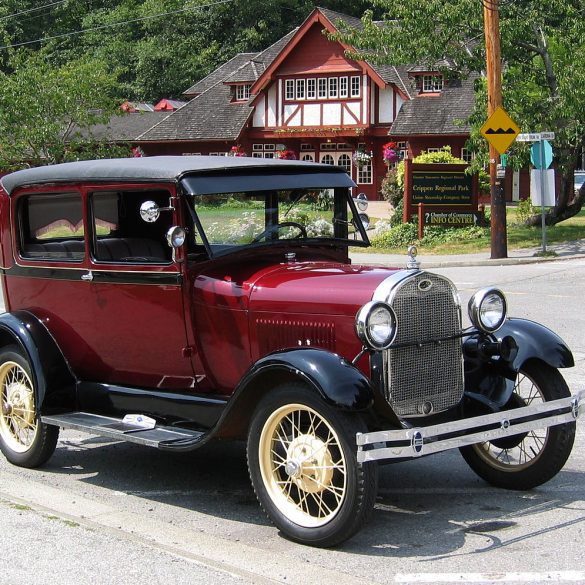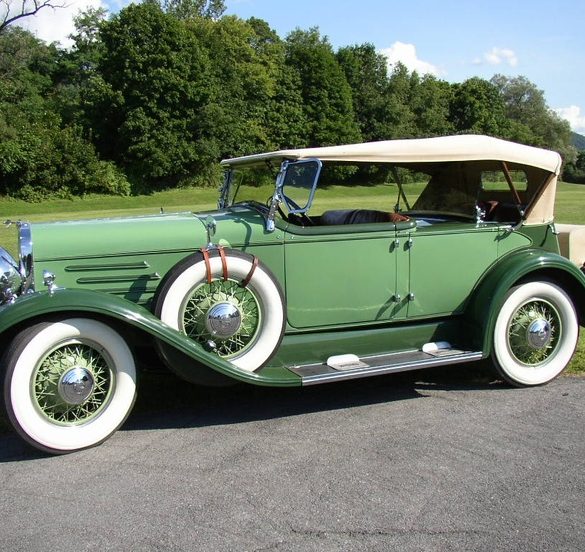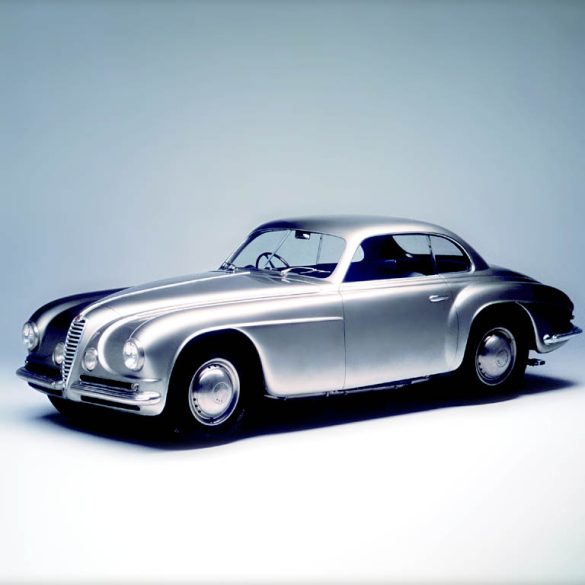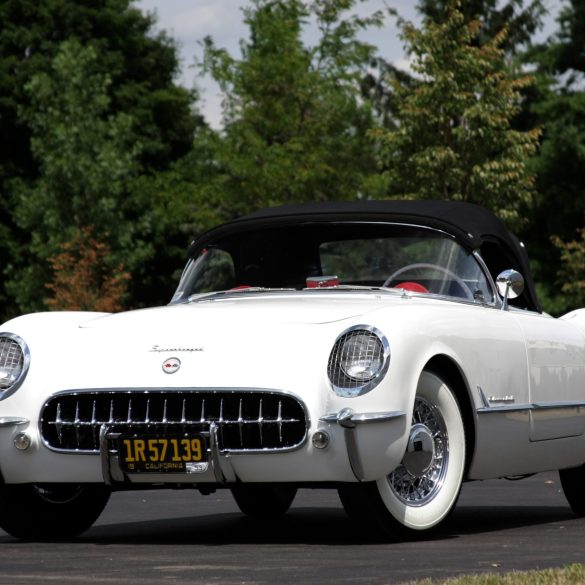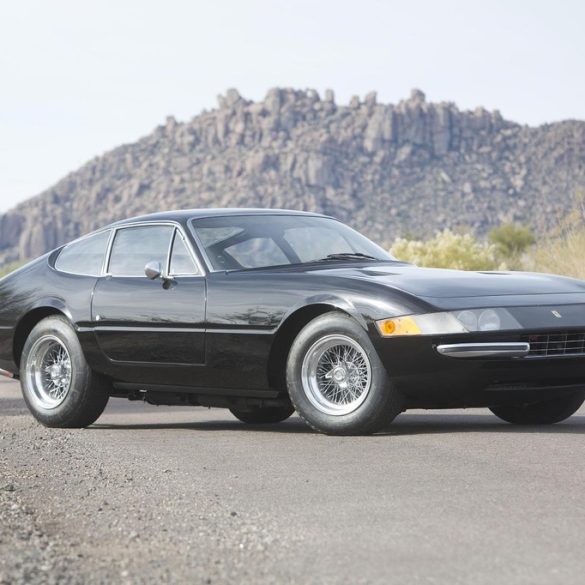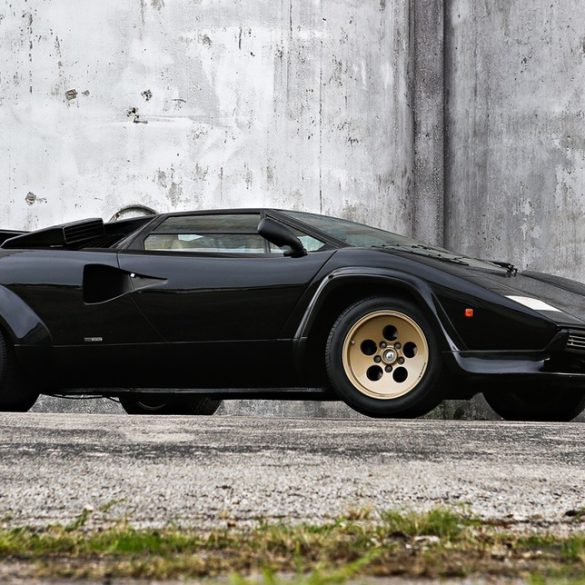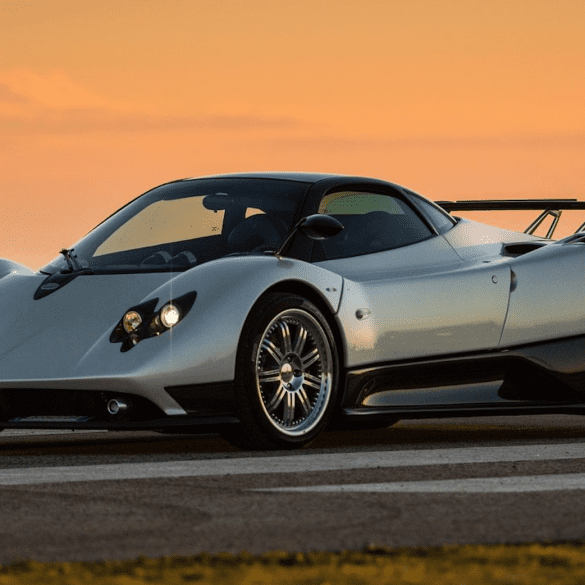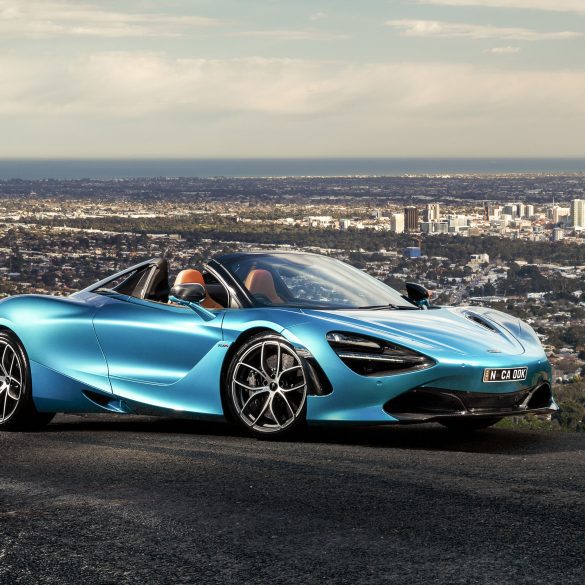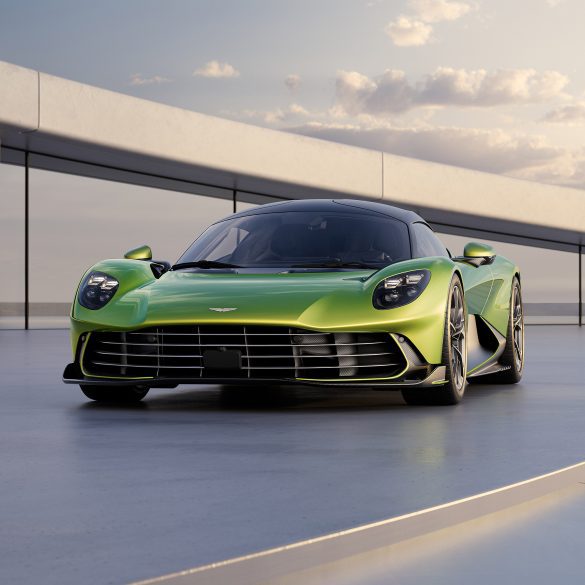The 2010s: A Decade of Disruption and Innovation in the World of Performance Cars
The 2010s were a time of seismic shifts in the automotive landscape, a decade where the once-unthinkable became reality. Electric cars went from fringe curiosities to performance powerhouses, connectivity transformed vehicles into rolling tech hubs, and autonomous driving technology began to reshape our perception of what a car could be. But amidst this technological revolution, the passion for pure driving thrills remained stronger than ever. Hypercars, and supercars pushed the boundaries of performance, design, and innovation. We witnessed the rise of hybrid hypercars like the Ferrari LaFerrari and McLaren P1, the dawn of electric hypercars like the Rimac Nevera and Pininfarina Battista, and the relentless pursuit of speed and downforce in track-focused machines like the Aston Martin Valkyrie and Mercedes-AMG One. From the roar of a naturally aspirated V12 to the silent surge of electric power, the 2010s delivered a thrilling array of performance cars that will forever be etched in automotive history.
2010s Decade - Revolution in Sports Cars and Supercars
The 2010s were a revolutionary decade for the automotive industry. Advancements in electric vehicles, the rise of autonomous driving technologies, and the continued evolution of supercars reshaped what people expected from cars. While traditional internal combustion engine (ICE) cars continued to dominate sales, electric mobility became a mainstream reality, largely thanks to pioneers like Tesla. Alongside electrification, this decade also saw supercars reaching new heights in performance, luxury, and technology, making the 2010s one of the most exciting periods for automotive enthusiasts and industry observers alike.
The Electric Revolution: From Niche to Mainstream
By the beginning of the 2010s, electric cars were still considered niche products, with limited range and high prices restricting their appeal. However, by the end of the decade, electric vehicles (EVs) had become a legitimate alternative to traditional ICE cars, thanks to improvements in battery technology, charging infrastructure, and performance.
Leading the charge was Tesla, whose Model S, launched in 2012, set a new standard for electric vehicles. The Model S combined long range (over 300 miles on a single charge in its later versions), blistering acceleration, and luxury features, making it the first electric car to seriously challenge premium ICE sedans. Tesla followed up with the Model X SUV in 2015 and the more affordable Model 3 in 2017, the latter becoming one of the best-selling EVs globally by the end of the decade.
Traditional automakers, initially slow to react, began investing heavily in electric technology as the decade progressed. Brands like Nissan and Chevrolet launched early contenders such as the Nissan Leaf and Chevrolet Bolt EV, offering practical and affordable electric mobility. Meanwhile, luxury automakers like Audi, Jaguar, and Porsche entered the EV market with models like the Audi e-tron, Jaguar I-Pace, and Porsche Taycan, blending electric performance with luxury. In Europe and China, stricter emissions regulations and government incentives further accelerated the shift toward electrification. China, in particular, became a global leader in EV production and adoption, with companies like BYD and NIO gaining prominence.
Supercars and Hypercars: The Pinnacle of Performance
While the automotive world moved toward electrification, the 2010s also saw the rise of some of the most extraordinary supercars and hypercars ever built. This decade became synonymous with hybrid hypercars—vehicles that combined internal combustion engines with electric motors to deliver unprecedented levels of performance.
The so-called “Holy Trinity” of Hypercars—the Ferrari LaFerrari, McLaren P1, and Porsche 918 Spyder—debuted in the early to mid-2010s and set new benchmarks for speed, handling, and technology. Ferrari’s first hybrid hypercar featured a 6.3-liter V12 engine paired with an electric motor, producing a combined output of 950 horsepower. Unlike other hybrid cars of the era, the LaFerrari used its electric motor to enhance performance rather than prioritize efficiency, offering blistering acceleration and unmatched driving dynamics. McLaren’s P1 blended a twin-turbocharged V8 engine with an electric motor to produce 903 horsepower. The P1 was designed with a focus on track performance, offering advanced aerodynamics and driver aids that made it one of the most capable hypercars of the decade. The Porsche 918 Spyder utilized a 4.6-liter V8 engine and two electric motors to generate a combined 887 horsepower. With all-wheel drive, advanced hybrid technology, and the ability to run purely on electric power for short distances, the 918 Spyder represented the future of high-performance motoring.
Other notable supercars of the decade included the Lamborghini Aventador, with its naturally aspirated V12 engine and aggressive styling, and the Bugatti Chiron, which succeeded the Veyron as the world’s fastest production car. With 1,479 horsepower and a top speed of over 260 mph, the Chiron epitomized excess and engineering brilliance.
The Rise of Performance EVs
By the mid-2010s, electric cars were no longer just about efficiency—they were becoming serious performance contenders. Tesla once again led the charge, with its Model S P100D, which could accelerate from 0 to 60 mph in under 2.5 seconds, outperforming many traditional supercars. Tesla’s performance capabilities were further enhanced with its Ludicrous Mode, a feature that redefined what electric vehicles could achieve.
Meanwhile, Rimac Automobili, a Croatian startup, made waves in the performance world with the launch of the Rimac Concept One in 2013 and its successor, the C_Two, in 2018. These electric hypercars boasted over 1,000 horsepower and advanced torque-vectoring systems, making them some of the fastest and most technologically advanced cars ever built. By the end of the decade, electric performance had become a serious focus for major automakers, with even brands like Lotus committing to all-electric hypercars, such as the Lotus Evija.
Autonomous Driving: The Road to Self-Driving Cars
The 2010s were also defined by the development of autonomous driving technology. What began as an ambitious goal in the early part of the decade became a tangible reality by the end, as automakers and tech companies raced to perfect self-driving systems.
Tesla played a prominent role in advancing autonomous technology, introducing Autopilot in 2015. While not fully autonomous, Tesla’s system offered advanced driver-assistance features, including lane-keeping, adaptive cruise control, and automated lane changes. Over-the-air software updates allowed Tesla to continually improve its autonomous capabilities, keeping it at the forefront of the industry.
Traditional automakers also invested heavily in self-driving technology. Companies like Waymo (a subsidiary of Alphabet) and Uber tested autonomous vehicles on public roads, while partnerships between automakers and tech firms, such as General Motors and Cruise, highlighted the industry’s focus on achieving fully autonomous cars. Despite significant progress, regulatory hurdles and safety concerns remained obstacles to widespread adoption. However, by the end of the decade, the foundation had been laid for the autonomous driving revolution expected in the 2020s.
The SUV Craze and Market Shifts
While electrification and autonomous technology dominated headlines, consumer preferences continued to evolve, with SUVs and crossovers becoming the dominant vehicle type. Models like the Toyota RAV4, Honda CR-V, and Ford Explorer led sales, while luxury automakers like BMW, Mercedes-Benz, and Audi expanded their SUV lineups to meet growing demand.
Even high-performance and luxury brands embraced the SUV trend. Lamborghini launched the Urus in 2018, blending supercar performance with SUV practicality. Rolls-Royce introduced the Cullinan, and Bentley debuted the Bentayga, both ultra-luxury SUVs that catered to affluent buyers looking for comfort and exclusivity. The growing popularity of SUVs also reshaped markets globally, with China continuing to lead in total vehicle sales, while electric SUVs like the Tesla Model X and Jaguar I-Pace gained popularity among eco-conscious buyers.
Conclusion: The Decade of Disruption and Innovation
The 2010s were a decade of unprecedented change for the automotive industry. Electric cars went from niche to mainstream, with Tesla leading the charge and traditional automakers racing to catch up. Supercars and hypercars reached new heights in performance and technology, with hybridization becoming a common theme among the most powerful vehicles. Autonomous driving, once a distant dream, became a tangible goal, with major advancements made throughout the decade. Meanwhile, the continued rise of SUVs reshaped the market, influencing the design and production strategies of automakers worldwide.
By the end of the 2010s, the automotive world was on the cusp of a new era—one defined by electric mobility, advanced driver-assistance systems, and an ever-growing focus on sustainability. The stage was set for the 2020s to be another transformative decade, building on the incredible progress made during the 2010s.
2010s Car Models - 1400+ In Depth Guides
Here is a list of the important models from the 1990s decade


